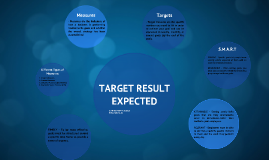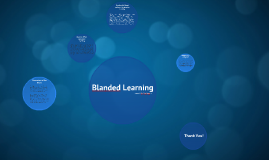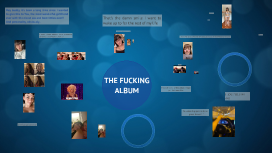Blue Circle
Transcript: outside the class at their own time and pace). However, the term has evolved to encompass a much richer set of learning strategies or “dimensions.” Today a blended learning program may combine one or more of the following dimensions,although many of these have over-lapping attributes. Self-paced learning implies solitary, on-demand learning at a pace that is managed or controlled by the learner. Collaborative learning, on the other hand, implies a more dynamic communication among many learners that brings about knowledge sharing. The blending of self-paced and collaborative learning may include review of important literature on a regulatory change or new product followed by a moderated, live, online, peer-to-peer discussion of the material’s application to the learner’s job and customers. Blending Offline and Online Learning Blending Structured and Unstructured Learning Dimensions of the Blend Not all forms of learning imply a premeditated, structured, or formal learning program with organized content in specific sequence like chapters in a textbook. In fact, most learning in the workplace occurs in an unstructured form via meetings, hallway conversations, or e-mail. A blended program design may look to actively capture conversations and documents from unstructured learning events into knowledge repositories available on-demand, supporting the way knowledge-workers collaborate and work. created : Dwi Hadirianto p Blanded Learning At the simplest level, a blended learning experience combines offline and online forms of learning where the online learning usually means “over the Internet or Intranet” and offline learning happens in a more traditional classroom setting. We assume that even the offline learning offerings are managed through an online learning system An example of this type of blending may include a learning program that provides study materials and research resources over the Web, while providing instructor-led, classroom training sessions as the main medium of instruction. Thank You! Blending Self-Paced and Live, Collaborative Learning The original use of the phrase “blended learning” was often associated with simply linking traditional classroom training to e-learning activities, such as a synchronous work (typically accessed by learners

















